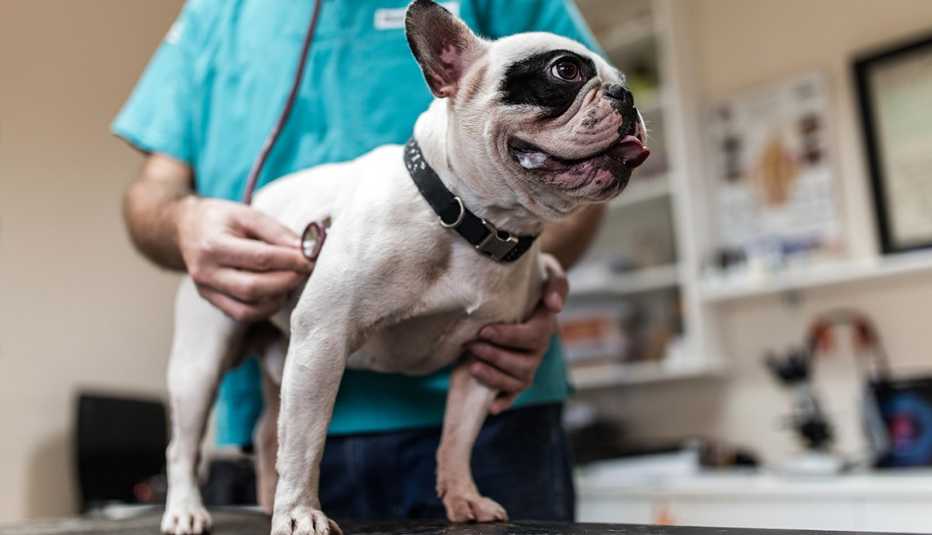AARP Hearing Center


Like most people with fur babies at home, I am worried about the new dog respiratory illness that has been spreading across the U.S. — especially with the holidays approaching. Should we travel with our dogs to other states? What about leaving them with a boarder who may have a whole pack of dogs they are caring for? So I did what any good journalist does when they’re stressing over something: I spoke to the experts and wrote a story about it.
What I found was that even the experts are scrambling for information. Researchers are trying to figure out whether the illness is viral or bacterial, while veterinarians are experimenting with treatments since the usual antibiotics aren’t working.
“There’s nothing that’s been proven up to this point of, oh, this is definitively what’s going on,” says Lindsey Ganzer, a veterinarian and the owner and CEO of North Springs Veterinary Referral Center in Colorado Springs, Colorado, adding that many laboratories are working to get to the bottom of the problem.
The good news: The veterinarian community across the U.S. is coming together around this, Ganzer says. Through the info they’ve shared, the public is quickly learning more about it, including the most effective ways to protect pups from getting sick, as well as the most effective ways to care for them if they do.
Here’s what you need to know.
1. The illness has been located in 17 states, according to the Louisiana School of Veterinary Medicine’s website. But many veterinarians say it has probably spread even further across the U.S.
Why don’t we know for sure? Most states, or even counties, don’t track house pet diseases. Agricultural diseases, yes, but those affecting dogs and cats, no, Ganzer says. “The states that have said, ‘Yes, we’re seeing a lot of cases,’ is usually because their state office has stepped up and said, ‘We want to know that these cases are going on, and we want you guys to let us know what you’re seeing,’ ” she explains.
So it’s best for everyone to be cautious, says Karen Ehnert, director of the Los Angeles County Department of Public Health Veterinary Public Health Program. That means keeping your dogs away from other dogs and taking them to a vet at any sign of a cough.
2. It sounds exactly like kennel cough. And there’s no way to tell without testing.
If you’ve ever had a dog with kennel cough, you know how heartbreaking it is to hear them raspy and congested. It sounds like they have something stuck in their throat.
That’s also the main symptom of this new illness. Although kennel cough can often be a wait-and-see before a visit to the vet, Ganzer says, this dog illness can develop into something much more serious, including pneumonia, so it’s best to get to the vet at the first hacking sound.
Other symptoms are nasal discharge, sneezing, lethargy and breathing issues, Ehnert says.




































































More From AARP
Great Pets That Aren’t Cats or Dogs
Unusual animals can also provide companionship for older adultsSave Money on Pet Ownership
Don't forget Fido in your budget
7 Ways a Dog Can Be Good for You
Furry friends contribute to our health and happiness in so many waysRecommended for You